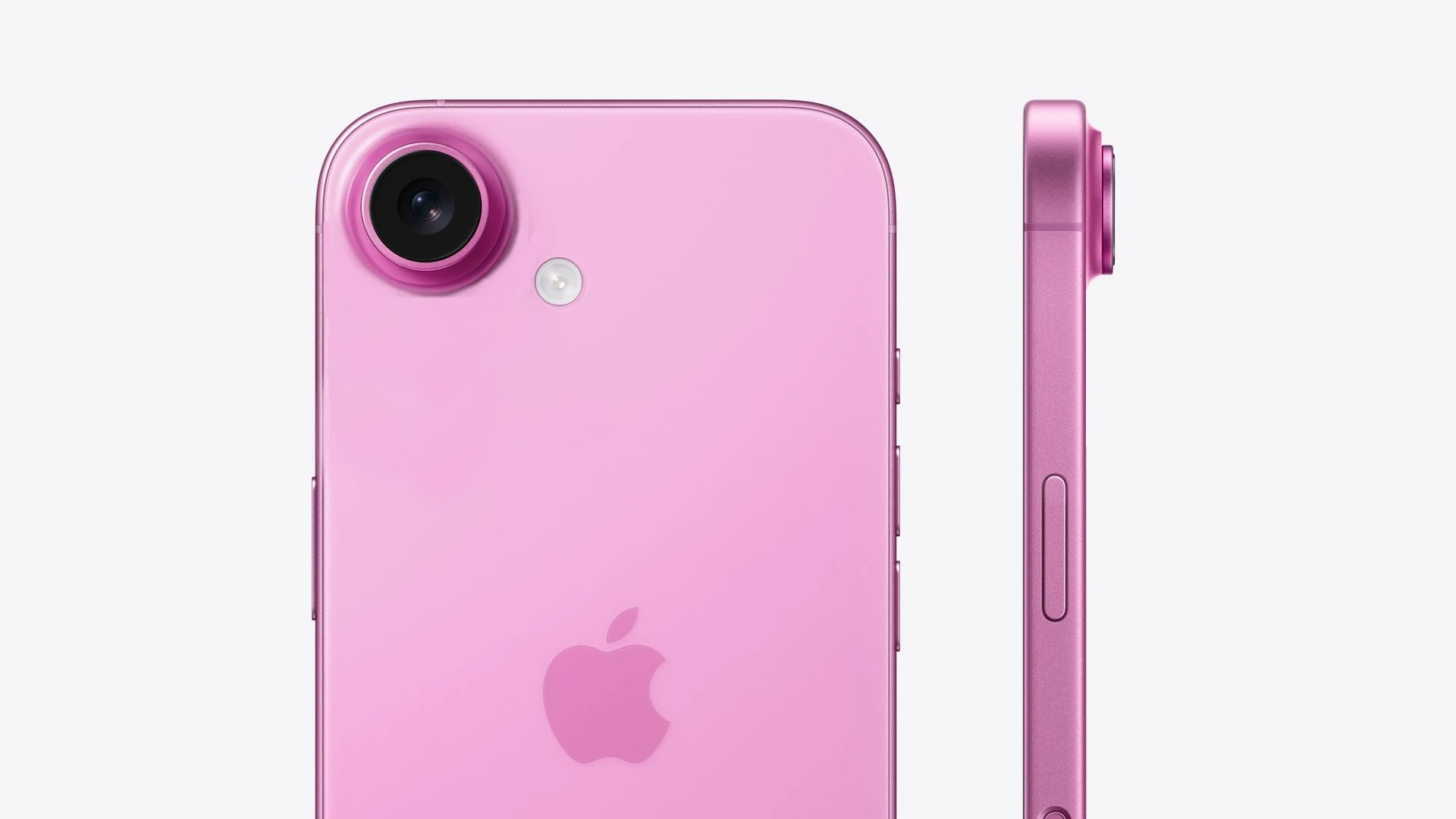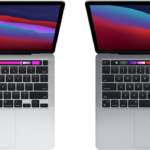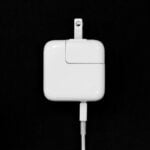Apple is making a bold play in 2025 with the upcoming iPhone 17 Air—a device that’s not just thinner and lighter, but also poised to redefine what a mid-tier iPhone can offer. Early reports and credible leaks suggest that this model will strike a compelling balance between style, performance, and price, potentially drawing interest away from the Pro models for the first time in years.
A Slimmer Future: Design and Display
The iPhone 17 Air is shaping up to be Apple’s thinnest iPhone ever, reportedly measuring just 5.5mm thick—a feat made possible by an advanced aluminum-titanium alloy chassis. That puts it even slimmer than the current MacBook Air and significantly thinner than the iPhone 15 series.
Its 6.6-inch OLED display will also include ProMotion technology for a smoother experience (up to 120Hz refresh rate), along with the Dynamic Island, continuing Apple’s push to unify UI experiences across the iPhone lineup. Despite being a non-Pro model, it clearly won’t feel “entry-level” in the hand or to the eye.
Simplified Camera, But Not Basic
To keep costs in check and make room for that razor-thin profile, Apple is reportedly going with a single 48MP rear camera paired with a 24MP front camera. This marks a shift in priorities—streamlining the camera system without overly sacrificing capability. While it won’t compete with the Pro’s triple-lens array, expect improvements in computational photography to help bridge the gap for casual users.
Under the Hood: Power and Performance
The iPhone 17 Air won’t be a slouch. It’s said to run on the new A19 chip, built on TSMC’s enhanced 3nm process, paired with 12GB of RAM. This gives it flagship-level multitasking power and efficiency that surpasses many 2023 and 2024 Pro models. Whether you’re gaming, editing video, or bouncing between apps, performance should remain buttery smooth.
iPhone 17 Air Release Date
Apple plans to launch the iPhone 17 Air on September 8, 2025. This date is part of their usual early-September schedule. Pre-orders will likely start on Friday, September 12, and the phone will be available in stores from Friday, September 19. This timeline follows Apple’s pattern of announcing new iPhones in the second week of September, followed by pre-orders and a release about a week later.
The iPhone 17 Air will replace the iPhone 16 Plus and will have a slimmer, lighter design while keeping a 6.6-inch display. It will start at around $899, filling the gap between the regular iPhone 17 and the Pro models. This decision reflects how Apple is responding to changes in what consumers want.
While these dates are based on Apple’s past releases and current speculation, the company has not confirmed them yet. Actual release times may change due to production schedules and other factors.
eSIM Only and the C1 Modem
In a further push toward minimalism, the iPhone 17 Air will reportedly ship without a physical SIM slot, relying entirely on eSIM technology. It will also feature Apple’s in-house C1 modem, aimed at improving power efficiency and signal reliability—perhaps even catching up to Qualcomm’s best.
This move, while controversial, continues Apple’s trend of shaping the industry around its own vision, much like it did when it removed the headphone jack and bundled charger.
Battery Life: Thin Doesn’t Mean Weak
Despite its incredibly thin profile, insiders suggest the Air won’t suffer from weak battery life. Apple is reportedly using a higher-density battery and optimizing the software tightly around the A19 and C1 chips. Expect performance close to the iPhone 15 or 16 in day-to-day use, though heavy users may still prefer the endurance of the Pro Max models.
Pricing Strategy: A Smart Mid-Tier Disruptor
Contrary to early predictions that it might rival the Pro line in cost, the iPhone 17 Air is now expected to launch at $899, with higher storage tiers pushing it closer to $1,299. That puts it squarely between the standard iPhone 17 and the iPhone 17 Pro—making it an incredibly appealing option for users who want a premium design without a $1,200+ price tag.
Apple is likely positioning the Air to replace the iPhone 16 Plus in the lineup, targeting customers who want a larger screen and elevated design, but don’t need every Pro-level feature.
The Bigger Picture: Disruption From Within
This strategy is risky for Apple—the iPhone 17 Air could cannibalize Pro sales. But it’s also a sign that Apple is adapting to a shifting market. With more consumers holding onto phones longer and looking for value-driven flagship experiences, the Air could be the ideal bridge between performance and affordability.
If it delivers on design and performance as expected, the iPhone 17 Air could become the go-to iPhone of 2025—not just because it’s cheaper, but because it’s smarter.
Key Takeaways
- The iPhone 17 Air is expected to be priced at $899, making it up to $400 cheaper than initially predicted.
- Apple will likely use a simplified camera system and other hardware adjustments to achieve the lower price point.
- The ultra-thin iPhone will replace the Plus model in Apple’s lineup while offering a fresh design alternative to both standard and Pro models.
Overview of iPhone 17 Air Features and Pricing Strategy
The iPhone 17 Air represents Apple’s new approach to premium devices that balance advanced features with more accessible pricing. This model aims to occupy the middle ground between standard and Pro iPhones with its ultra-thin design and targeted feature set.
Comparison to Previous Models
The iPhone 17 Air appears positioned to replace the iPhone 16 Plus in Apple’s lineup. While the iPhone 16 Plus starts at $899, the 17 Air is expected to be priced higher but still remain more affordable than the Pro models.
The device will feature significant upgrades compared to its predecessor. Reports suggest the 17 Air will include a 6.65-inch ProMotion display with 120Hz dynamic refresh rate – a feature previously reserved for Pro models. This represents a major improvement over the standard 60Hz display in the iPhone 16 Plus.
The 17 Air will likely run on the A19 chip (non-Pro version) paired with 8GB of RAM, offering better performance than previous standard models while maintaining a distinction from the Pro variants.
Anticipated Cost and Value
According to recent leaks, the iPhone 17 Air may be priced around $997-$1,299, positioning it between the base iPhone 17 and the premium Pro models. This represents a strategic pricing decision by Apple to create a new mid-tier premium option.
Some earlier rumors had suggested the device might cost as much as Pro models, but recent reports indicate a more moderate price point. The price increase over the iPhone 16 Plus ($899) would be justified by:
- The advanced 120Hz ProMotion display
- Ultra-thin design (reportedly around 5mm)
- Improved battery technology
- Enhanced camera capabilities
This pricing strategy allows Apple to offer Pro-level features in a new form factor without cannibalizing sales of their most expensive Pro Max models.
Design and Innovation
The iPhone 17 Air’s most distinctive feature will be its ultra-thin profile, rumored to be approximately 5mm thick. This would make it the thinnest iPhone ever produced and one of the slimmest premium smartphones on the market.
The device will likely feature a simplified camera system compared to Pro models. Apple may opt for a high-quality single rear camera or a more streamlined dual-camera arrangement to maintain the slim profile while still delivering excellent photo capabilities.
Despite its thin design, Apple will need to address battery concerns. The company is likely developing specialized battery technology to ensure adequate battery life despite space constraints.
The iPhone 17 Air is expected to launch in September 2025 alongside the rest of the iPhone 17 lineup. This ultra-thin flagship represents Apple’s continued innovation in smartphone design and strategic positioning within their product ecosystem.
Frequently Asked Questions
The iPhone 17 Air has generated significant buzz around its pricing strategy. Many industry analysts predict it will be more affordable than the Pro models while offering premium features.
What is the anticipated cost of the iPhone 17 Air at launch?
Based on current reports, the iPhone 17 Air is expected to be priced around $899. This positions it below the Pro models, which currently start at $999.
Recent leaks suggest Apple is positioning the iPhone 17 Air as a replacement for the Plus model rather than creating a new ultra-premium tier above the Pro Max.
Earlier rumors incorrectly suggested the Air might become the new flagship with a price exceeding the Pro Max’s $1,199 tag, but more recent information contradicts this.
Can we expect a price reduction for the previous iPhone models upon the release of the iPhone 17 Air?
Apple typically reduces prices of previous generation iPhones when new models launch. When the iPhone 17 series releases, iPhone 16 models will likely see price drops of $100-200.
The introduction of the iPhone 17 Air may create a new pricing tier that could affect how older models are positioned in the lineup.
Apple’s strategy often involves keeping previous models available at reduced prices to provide options at various price points.
What factors could contribute to the iPhone 17 Air potentially being priced lower than its predecessors?
The iPhone 17 Air’s strategic positioning in Apple’s lineup appears to be the main factor in its pricing. By replacing the Plus model, it inherits that device’s price point.
Manufacturing efficiencies and component cost reductions could also play a role in enabling Apple to offer the new design at a competitive price.
Apple’s history with other “Air” branded products shows a pattern of offering thinner, lighter designs at mid-tier price points, as seen with the iPad Air lineup.
What pricing strategies might Apple employ for the iPhone 17 Air in different global markets?
Apple typically adjusts iPhone pricing based on local taxes, import duties, and currency exchange rates. The iPhone 17 Air will likely follow this established pattern.
In emerging markets, Apple may offer region-specific promotions or payment plans to make the device more accessible while maintaining its premium brand positioning.
The company might also consider different storage configurations for different markets, offering more affordable base models in price-sensitive regions.
Has Apple announced any price-oriented promotions or discounts related to the upcoming iPhone 17 Air?
As of February 2025, Apple has not announced any specific promotions for the unreleased iPhone 17 Air. The device itself has not been officially confirmed by Apple.
Carriers may offer their own promotions upon release, potentially including trade-in deals or contract discounts to make the new model more affordable.
Apple typically offers education discounts and trade-in programs that will likely extend to the iPhone 17 Air once released.
How does the expected price of the iPhone 17 Air compare to that of its competitors in the current market?
At an anticipated $899 price point, the iPhone 17 Air would compete directly with flagship Android devices from Samsung, Google, and other manufacturers.
This pricing would position it as a premium device but not at the absolute top tier of the smartphone market, making it competitive against devices like Samsung’s Galaxy S series.
The iPhone 17 Air’s unique selling point of a thinner, lighter design with a large 6.7-inch display could justify its pricing against competitors offering similar specifications at lower price points.







